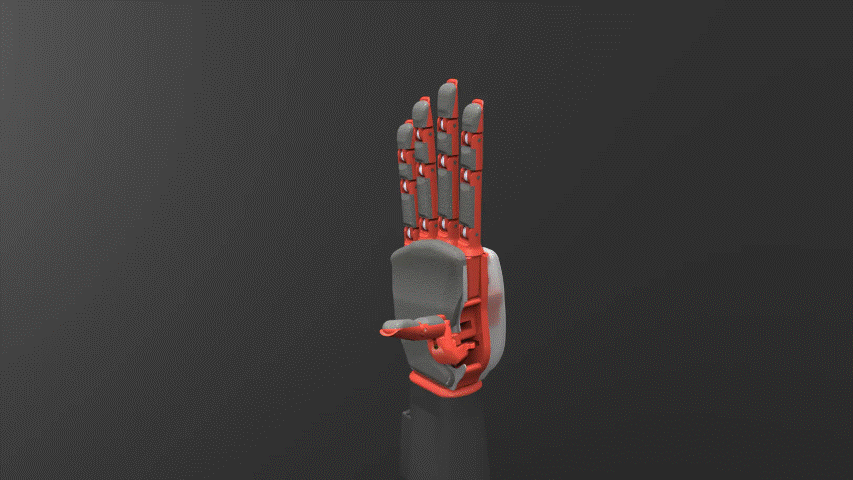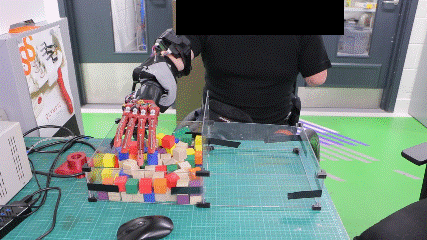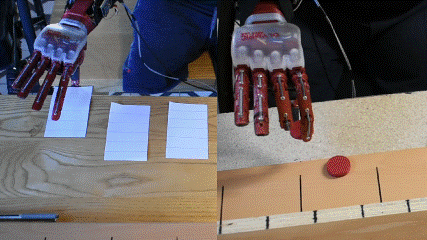Research
My research focus is assistive and rehabilitative technology. Here you can find details of my current and previous research.
Upper Limb Prosthetics
 | Terminal Device and Gripper Design |
 | Continuous Myoelectric Control |
 | Classification-Based Myoelectric Control |
 | User Training with Traditional Myoelectric Controllers |
[go top]
